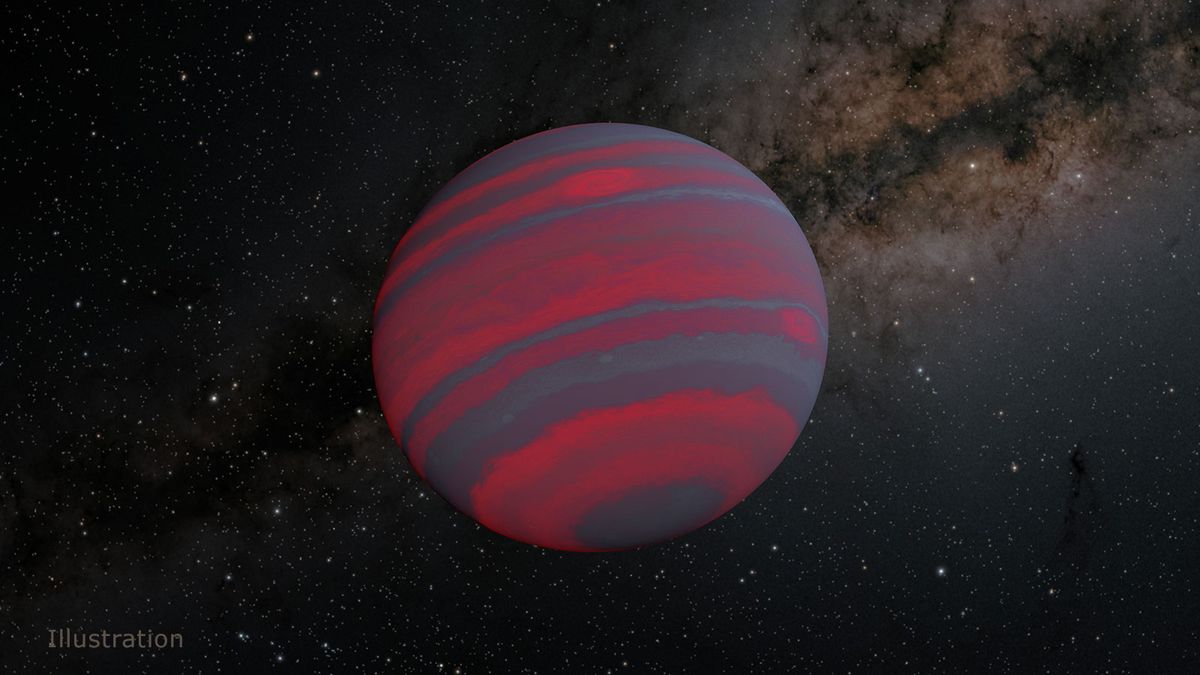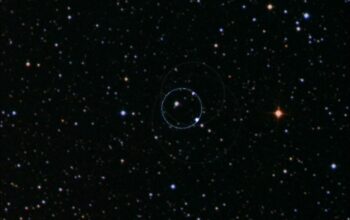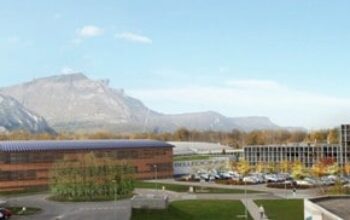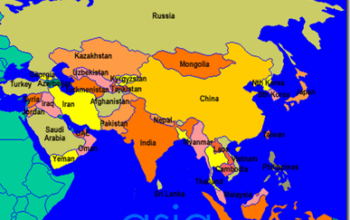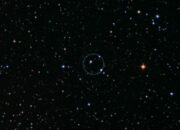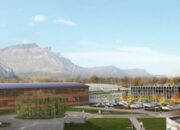Auroras are a captivating phenomenon witnessed on various celestial bodies, with Earth being the most familiar example. However, the presence of auroras extends beyond our home planet, intriguing astronomers with their manifestations on brown dwarfs—objects that occupy a peculiar niche between stars and planets. Brown dwarfs, often referred to as “failed stars,” exhibit fascinating atmospheric phenomena, including captivating auroral activity that warrants thorough exploration.
Understanding Brown Dwarfs
Brown dwarfs are substellar objects with masses that fall between those of the largest planets and the smallest stars, typically ranging from approximately 13 to 80 times the mass of Jupiter. They do not possess sufficient mass to sustain hydrogen fusion reactions in their cores, the defining characteristic of true stars. This deficiency results in their cooler temperatures and lower luminosity compared to stellar bodies. Brown dwarfs still undergo some nuclear processes, predominantly deuterium and lithium burning, categorizing them distinctly from both stars and planets.
Despite their classification as failed stars, these objects exhibit complex atmospheric dynamics. The extreme atmospheric conditions on brown dwarfs can lead to a myriad of interactions between charged particles and magnetic fields, creating the potential for auroras.
Magentic Fields and Charged Particles
At the heart of auroral activity is the interaction between a celestial body’s magnetic field and charged particles. All planetary bodies and several substellar objects possess magnetic fields generated by dynamo processes in their interiors. Brown dwarfs, notably, can have substantial magnetic fields. This is primarily motivated by their rapid rotation rates; many brown dwarfs have been observed spinning with remarkable velocities, which can enhance dynamo action.
Once generated, the magnetic fields interact with the solar winds and charged particles emanating from nearby cosmic phenomena, such as surrounding gas or dust clouds. When these particles enter the magnetic field of a brown dwarf, they may become trapped and spiral along the field lines, eventually colliding with atmospheric particles. This interaction can excite these particles, leading to the emission of light, an event breathtakingly reminiscent of auroras seen on Earth and other celestial objects.
Auroras: A Chromatic Display
The color and intensity of auroras on brown dwarfs can differ significantly based on various factors, including the composition of the atmosphere and the energy of the incoming particles. When fast-moving charged particles collide with atmospheric gases, they can ionize them, resulting in the emission of electromagnetic radiation at different wavelengths. For instance, collisions that predominantly involve hydrogen may result in red hues, while interactions with sodium can produce yellowish tones. This chromatic variability promises an auroral canvas that may at times appear vibrant and at others muted, offering tantalizing possibilities for observation.
Detecting Auroras on Distant Brown Dwarfs
Given the considerable distances separating us from brown dwarfs, detecting their auroral activity represents a complex challenge. Traditional astronomical methods primarily rely on photometry and spectroscopy of light emitted from these bodies. However, the faint nature of brown dwarfs necessitates sensitive instruments capable of discerning subtle changes in light. Recent advancements in infrared astronomy have facilitated the identification of these substellar objects and their atmospheric dynamics, bringing auroras into the realm of observational astrophysics.
Furthermore, radio emissions can serve as an indirect indication of auroral activity. Brown dwarfs emit radio waves when charged particles interact with their magnetic fields. By employing powerful radio telescopes, scientists can probe the invisible radio spectrum to detect emissions correlated with auroral processes, unveiling the unseen dance of particles and fields.
Implications of Auroral Activity
The presence of auroras on brown dwarfs can contribute significantly to our understanding of atmospheric dynamics, magnetic field configurations, and the boundary conditions between stellar and planetary objects. The intricate interplay between atmospherics and magnetic fields encourages an inquiry into the fundamental processes governing celestial bodies. Moreover, studying auroras on brown dwarfs may provide insights into the early stages of planetary system formation. The nebulous environment surrounding young stars often includes brown dwarfs acting as transitional bodies that may ultimately coalesce into more massive structures or planets.
Future Prospects and Research Opportunities
As astronomical technologies advance, researchers are afforded novel opportunities to explore brown dwarfs and their atmospheric phenomena more deeply. The deployment of next-generation telescopes, equipped with superior spectroscopic and photometric capabilities, promises to yield a treasure trove of data regarding brown dwarfs. Future missions that target high-resolution imaging and spectral analysis will likely enhance our comprehension of auroras on these enigmatic objects and deepen our understanding of magnetic interactions in substellar environments.
The study of auroras on brown dwarfs offers a unique lens through which to appreciate the fascinating complexities of these celestial bodies. These fail to ignite the stellar furnace truly sparkle in their resonance with cosmic phenomena. The quest to unveil the mysteries of brown dwarfs will undoubtedly shed light on the broader mechanisms governing our universe, revealing further the delicate interplay between magnetic fields, charged particles, and atmospheric dynamics across a diverse spectrum of celestial entities.
